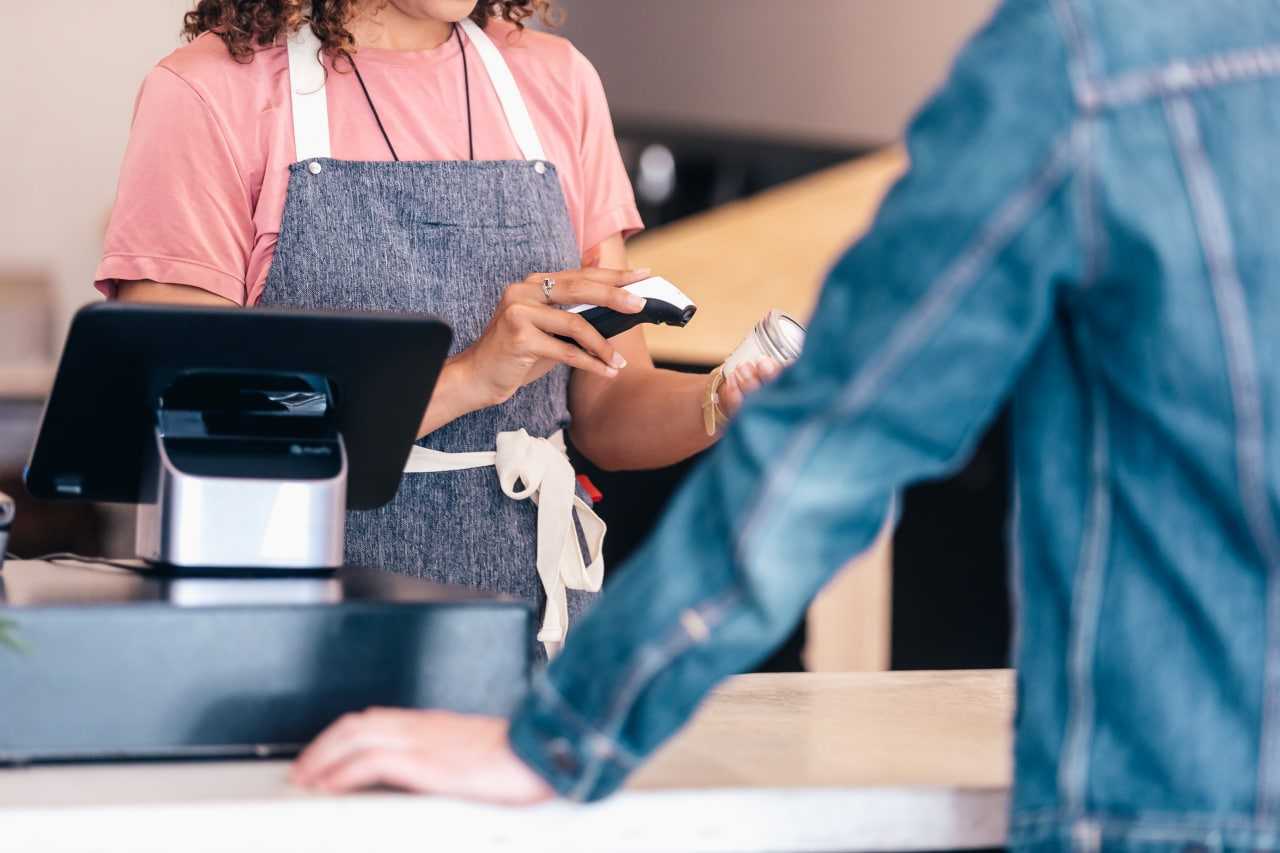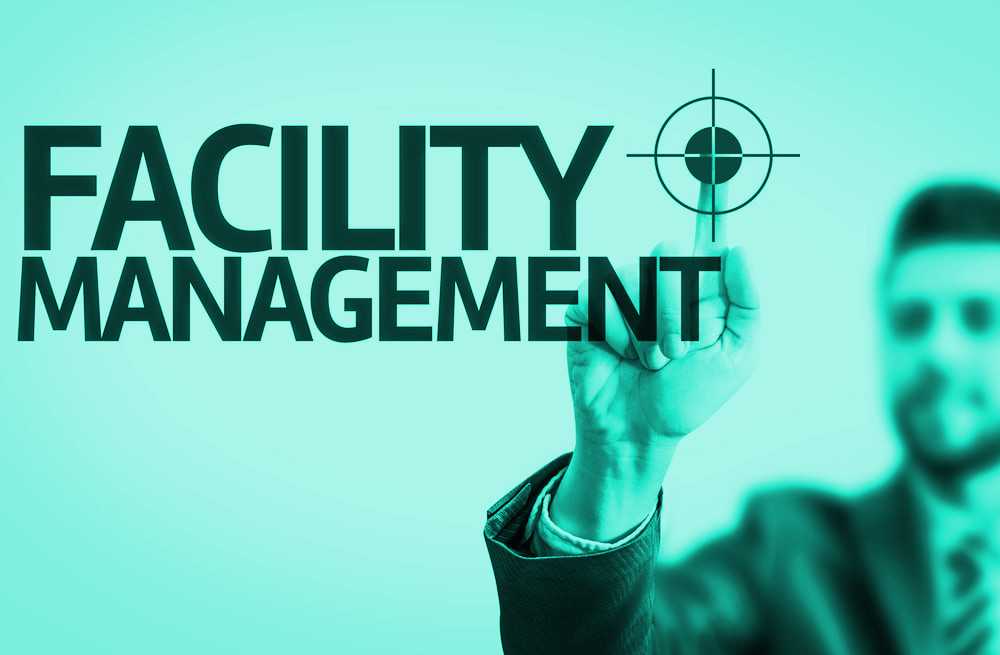
A guide to optimizing the retail customer experience
The retail industry has traditionally been built on the concept of selling products through a physical storefront. Before the rise of the internet, consumers would go to places such as department stores, warehouses, discount stores, large box stores, and mom-and-pop shops to buy things for their personal use.
The in-store retail experience was centered on the following tangible concepts and interaction points: Are customers able to get assistance from the staff? Does the store have the products in stock that the customers are seeking to purchase? Does the company's return policy make it simple for customers to get a replacement product if the first one doesn't live up to their standards or return it?
The retail industry is undergoing significant change. E-commerce has flourished because of advancements in technology, which have also contributed to an increase in its popularity among businesses and customers. This has made it simpler for retail businesses to sell retail goods online and around the world. As a result of this, the overall shopping experience for customers in retail has also developed.
Retailers are faced with the challenge of creating a great retail experience to entice customers. Future retail brands' success depends on their ability to adapt business models and create shopping experiences that engage and delight customers. Retail shoppers' experiences must now be the same across all touchpoints to make sure that the customer's expectations are met no matter what channel they use to interact with your brand.
In this article, we talk about every part of the retail shopping experience and give some ideas and strategies that help retailers improve and optimize the customer experience at every touchpoint - where a customer interacts with a retail business.
What is retail?
Retail is defined as when a business sells a product or service to an individual customer for personal use. A retail sale can happen in many ways, like in a store, online, via direct email, or in-app but what makes it a retail sale is that the buyer is the end user of the goods. An essential characteristic of a retail sale is that the purchaser is the ultimate consumer.
The following are five major retail categories:
- Food: meat, dairy products, baked goods, fruits
- Soft goods: clothing, shoes, personal care items
- Technology: tablets, computers, gadgets
- Hardlines: furniture, appliances, cars
The following are some of the most common types of retail stores:
- Department Stores – the oldest place for customers to shop for a wide selection of goods all under one roof. Examples are Macy’s and Target
- Warehouse Stores – the low costs products offered by these no-frills warehouses were typically required to become a member. Examples include both BJ's and Costco.
- Big Box Store – major retailers that focus solely on selling a particular category of goods, such as electronics. Examples are Best Buy and Home Depot
- Discount Stores – discounted items and brands sold at lower prices can be found in these department stores. Examples are Walmart and Kohl’s.
- Mom-and-Pop Stores – stores that are typically specialized and are owned by independent proprietors. These are the convenience stores and storefronts that are found in your neighborhood.
- E-tailers – online shops that sell their products via the internet and offer delivery services to their customers' homes are referred to as "online retailers." In most cases, they do not operate traditional retail locations. Examples include Amazon and Etsy amongst others.
What does retail experience mean?
The term "retail experience" refers to the overall emotional and cognitive consequence that a customer has because of their engagement across all the retail touchpoints in their journey whether in a brick-and-mortar store or online. Retail experience is shaped by the performance of different departments such as management, sales, marketing, operation, finance, and customer service.
The retail customer experience contains all kinds of touchpoints, digital and in-person, that can make or break a retail experience from start to finish of the customer journey. Retail experience means knowing how to buy, store, sell, and operate a business that sells goods and services directly to customers.
How your business interacts with customers at each customer journey touchpoint can make the customer feel good or bad. This means that you need to carefully plan and carry out your retail customer experience journey and provide a seamless experience.
The retail experience is the sum of all touchpoints in a single customer's purchase, multiplied by the number of retail customers and purchases, queries, or website visits they make. Therefore, it is vital to take all the touchpoints into account so that brands and their staff can deliver memorable retail experiences.
Product accessibility is one of the many benefits of omnichannel retail
Which one is better: physical stores (brick-and-mortar) or online shopping? Both are the correct answer. Retail brands that will ultimately succeed outrun their competitors by connecting with customers through both physical stores and digital presences. As a result of this, a lot of traditional stores with brick-and-mortar locations have begun adopting an omnichannel CX strategy (Customer Experience Strategy) for their retail operations.
Retail brands must create new opportunities for transactions in physical and digital places. Retail giants are now tapping into the capabilities of online and app-based marketplaces to make their items and brand as easily available as possible and provide a seamless retail shopping experience to their customers.
Regardless of their size, retail firms must remember to satisfy the two primary reasons buyers browse in-store according to the report published by Accenture. The first is using touch, smell, and sight to gather information. The second is pleasure, which is the chance to explore, get away, meet new people, and have fun.
By establishing both a physical and an online presence, successful retail brands have historically been able to beat their rivals and win customers' business. The ability to get feedback directly from retail customers is one of the many benefits offered by traditional retail locations.
The growth of any retail organization requires an omnichannel CX strategy; a brand loyalty and a shopping experience that engage and delight. Nevertheless, the management of additional customer touchpoints may result in a new set of challenges in terms of the customer experience in retail.
Shopping has been going through some radical changes. Successful retail brands listen to their customers and act on their input to make the omnichannel retail experience convenient, safe, and optimal. Many brands started using customer feedback in retail operation optimization, marketing and sales improvement. Consequently, many retail businesses are investing in these areas:
- Ways to capture and collect retail customer feedback
- Technology upgrade for both digital and brick and mortar storefronts
- Customer loyalty and retention
While factors such as price, value, and quality continue to be important to customers, it is the overall retail experience that transforms a casual shopper into a brand advocate. Experience is the deciding factor between your brand and another and retailers must optimize the customer experience in retail. Happy customers are more likely to repurchase, try other products, and spread positive word of mouth.
Measuring customer experience in retail across all channels and touchpoints
When you differentiate on customer experience, you go beyond price and convenience. You're developing a positive emotional customer relationship. Customers prefer retail businesses that make them satisfied and meet their customers’ expectations.
In-store experiences today are typically interwoven with digital ones, customers use their smartphones and tablets, to check prices and reviews before making a purchase. According to McKinsey, almost half of in-store shoppers are "smartphone shoppers" that use their phones to help them shop while in a store. In the future, apps may be used more often to check stock and reserve items, and customers may use digital tools to find the nearest store and check its hours before going there.
By collecting customer feedback, retail brands could understand how people’s behaviors and expectations change and retailers can evolve their retail propositions in response.
A cutting-edge retail customer experience software enables omnichannel retailers to monitor and evaluate customer experience in real time and optimizes every touchpoint.
What are different retail survey methodologies
Several retail survey methods can be used to measure customer experience in retail to identify opportunities to advance customer retail shopping experience:
The Net Promoter Score (NPS) is the most common customer experience survey method that measures customer loyalty. It is based on one simple retail survey question how likely they are to recommend your brand, product, or service using Press’nXPress NPS solution. The sales, marketing, customer service, and other decisions of a retail business can be influenced by knowing who its biggest fans are.
Customer Satisfaction (CSAT) method measures overall customer satisfaction and are useful for making product design and enhancement. This will gauge customers’ needs, and understand problems with products or services using our customer satisfaction survey software.
Customer effort score (CES) method measures what it takes for customers to get their queries resolved such as getting an issue resolved with an agent or meeting their intent such as shopping online checkout process. It is a primary factor in determining customer satisfaction and loyalty which is accomplished with our customer effort score feedback software.
Improving in-store customer experience in retail
Many retail customers are motivated by the enjoyment of the in-person shopping experience itself. One of the most significant advantages of capturing customer experience in a brick-and-mortar setting is the ability to collect feedback from customers in real time just before they leave the store.
Customers are more likely to voice their experiences and opinion when they are given the opportunity to do so in the moment, as this type of survey method has a lower threshold for participation compared to others.
However, retailers should provide a unique experience to the customers who shop in the store as unhappy customers are less likely to shop at the same brand because of a poor experience.
There are a few different approaches that are appropriate for collecting customer feedback in a retail store such as feedback kiosk, QR code, and SMS that helps retail businesses optimize their operation.
Improving online customer experience in retail
Convenience is the king in the world of digital retail. When done correctly, digital retailers put the customer in complete control of their shopping experience, and they can do it all without leaving their homes.
Online retail is comprised of a series of interconnected online or app experiences that allow customers to engage with your brand, discover additional information, carry out product research, and make a purchase. In other words, digital retail is a network of online and app experiences.
Online shoppers value speed and convenience. Customers want all the necessary information to make an easy and quick purchase. Customers who are shopping online are looking for the prices, styles, availability, and delivery dates and would like to get product suggestions, see related products, and compare them online.
The customer survey and feedback collection for digital retail are typically delivered via website widget, mobile application, email, SMS, and URL links.
The different retail customer feedback collection methods
We'll take a quick look at each of the customer survey and retail customer feedback collection methods and explain how they may be implemented in an online retail and brick and mortar retail business.
Kiosk
The purpose of a survey kiosk is to collect feedback from retail customers quickly and easily. The amount of time it takes for a customer to provide feedback in person is a couple of seconds. One of the most significant advantages of utilizing a survey kiosk in a traditional brick-and-mortar setting is the ability to collect feedback from clients just before they leave the establishment.
Press'nXPress touchless feedback survey kiosks are customizable and allow retailers to ask questions relevant to the business goals they are trying to reach.
Brick-and-mortar businesses usually use email to gather feedback from their customers. Compared to feedback kiosks, which have a very low barrier to completion, email requires more effort from customers. For email feedback, brick and mortar retailers need to acquire customers’ email addresses. When a customer makes a purchase online or submits a request for additional information you can collect customer contact information to send feedback emails.
Press’nXPress email feedback survey can be integrated with other retail applications to send automated feedback requests after a customer makes a transaction with your brand.
SMS
Text message is a good method to find out what your customers think about your brand to improve customer experience when customers don’t have much time to give their online feedback. SMS feedback request is more likely to be read and responded to by customers compared to email feedback request.
Press’nXPress SMS feedback survey can be triggered from the platform, scheduled, or sent via integration and API to get real-time feedback from the customers.
QR Link
Links are the most simple and touchless method for customer experience surveys. You can add a survey link to any digital or physical customer touchpoints. For brick-and-mortar businesses, survey links are usually added to retail receipts, and in-store posters and displays. A QR code might make your survey more accessible for retail customers and they can use their smartphones to scan the code to provide feedback about their shopping experience.
Press’nXPress provides QR feedback link that can be used in physical and digital touchpoints and managed from the platform to create a great retail customer experience.
Website
Website feedback widget is used at different online touchpoints to measure retail customer feedback across the website about user experience after interactions like purchase, conversion, and cart abandonment to optimize online retail touchpoints.
With Press’nXPress website feedback widget, you can choose how you want your surveys and feedback forms to appear on your website to measure and improve customer experience.
What to ask from retail customers
Knowing what to ask is important in collecting customer feedback. Carrying out retail customer feedback surveys in the moment when customers are shopping in-store as well as post-purchase, will provide valuable data and insights to retail brands what customers are thinking and their experience. Retailers should ask retail survey questions to understand their needs and experience gaps to make quick and long-term improvement.
Employee experience and retail experience
The retail industry relies heavily on its employees. The human element of retail is vital to a business's success, whether it operates only in the digital marketplace or both digital and in-store. Improving employee experience can have a positive effect on retail customer experience since the two are correlated. Engaged employees create better experiences for customers because they’re more innovative, present, and personally committed to the company values.
It could appear to be quite a challenge for some retailers to monitor the ways in which their staff affect the experiences of their customers. Finding out how well employees treat customers and how happy customers are can be done with less work than you might think and using the same survey method and solutions described above.
Retail businesses need to keep their employees engaged. Happy and engaged employees provide better service and experience to the retail customers.
Connect with high-value retail customers and close the loop with detractors
Retail businesses should communicate with their customers by listening to their feedback and collecting data on their perceptions of what works and what doesn't across all channels, including digital, store, customer service, and employee interaction.
At the same time, it is important to close the loop with the customers. Make sure you acknowledge the retail customer feedback and reach out to the customers who had a poor experience. Resolving customer issues and taking improvement actions will have a positive impact on your brand and customer loyalty.
Listening to your customers in person and online is one of the most important things you can do for the success of your brand. Use a retail customer experience survey software to ask your customers the right questions at the right time and the right touchpoint. This is a good approach to establishing an open conversation with your retail customers.
An exceptional customer experience CX survey solution offers the ability to identify both good and negative customer sentiment, providing retail businesses with the customer experience insights necessary to stay connected with their customers and take improvement actions.
Retail businesses need to know what makes their customers happy or not happy. They need to provide their customers the feeling that there is always something new and relevant for them, considering things like their routine, taste, preferences, or the season.
Get a taste of our retail experience management software today and start listening to your customers in real-time and delight your retail customers with the delivery of exceptional experiences. Press’nXPress feedback solution is designed to provide retail businesses with everything they require to immediately launch a top-tier customer experience initiative.
Our mission at Press'nXPress is to help our clients improve customer satisfaction by continuously monitoring customer experience. You can reach out to our experts to see how PXP Retail Feedback Solution can benefit your business today! If you have questions or would like to learn more, get in touch. Reach out and talk to us.



